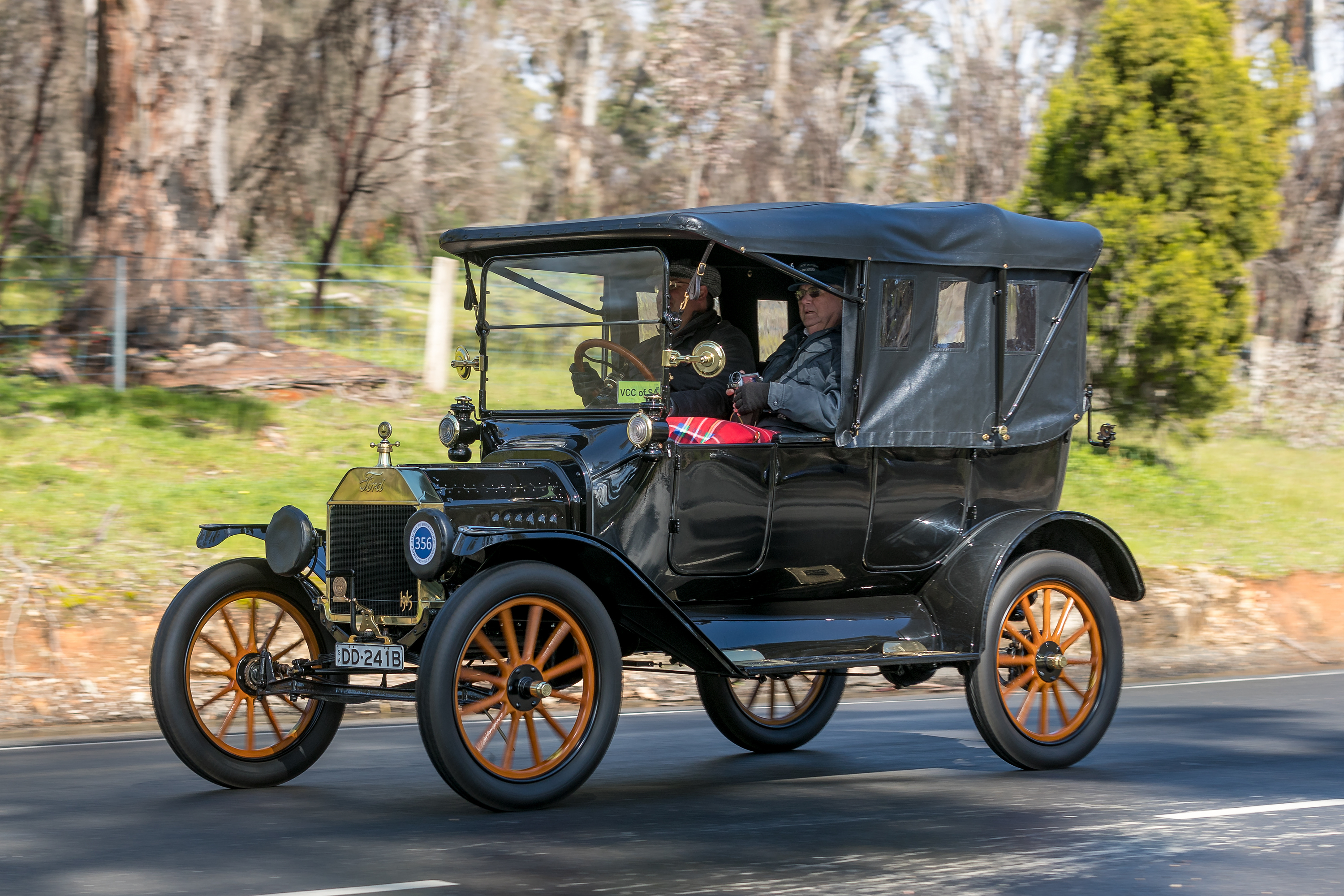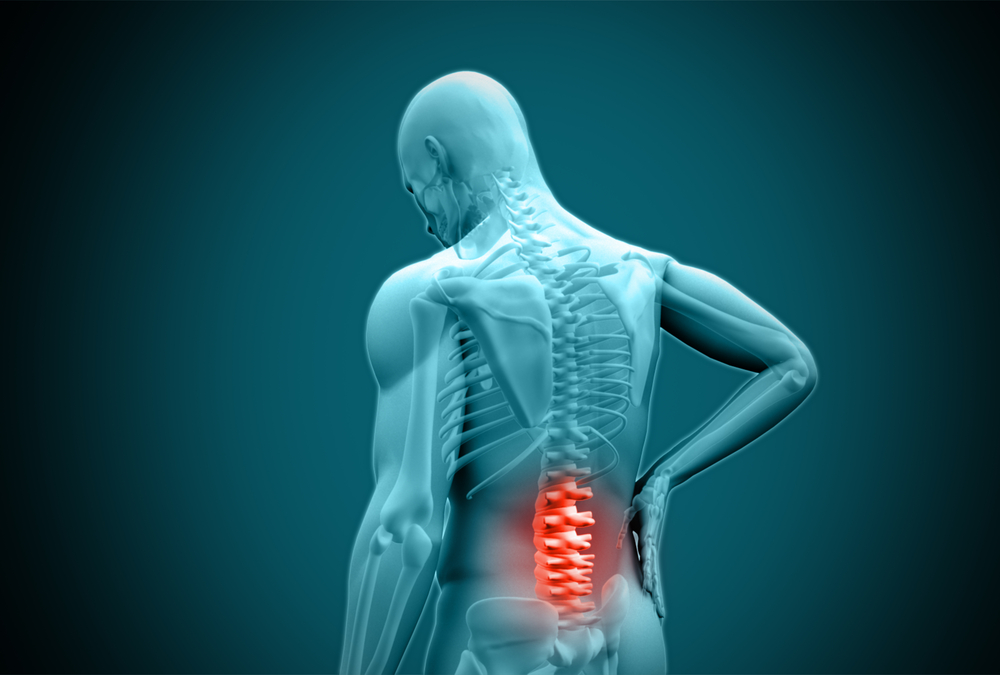Reducing Orthopedic Burnout with AI: How Henry Ford Can Help

Henry Ford is associated with intelligence, but not artificial intelligence (AI). After all, AI was born a year before his death. However, in his heyday, Ford went against popular opinion and introduced innovative ways to reduce employee burnout in his factories. This type of disruptive innovation is what AI can bring right now to help heal the U.S. healthcare system, including the field of Orthopedics.
The Escalating Healthcare Worker Burnout Crisis
3 in 10 healthcare workers in the United States are considering leaving their jobs. A Kaiser Family Foundation and Washington Post survey found that 55% of U.S. healthcare workers surveyed experienced burnout since COVID-19 began. In a recent survey of almost 21,000 physicians and other workers by the AMA (American Medical Association), more than half reported burnout. In a recent McKinsey survey, 22% of nurses state they may leave their positions within the next year. With the Delta variant at large, the struggle is far from over for those in healthcare.
Running out the clock until the pandemic ends is not the solution.
COVID-19 and its variants are the metaphorical straws breaking the already-burdened U.S. healthcare system’s back. Way before the pandemic began, physicians spent two-thirds of their time doing paperwork and administrative tasks. In 2014, 54% of physicians reported at least one of the three symptoms of burnout. Orthopedic surgeons had the highest burnout rate at almost 60%.
Aggressively introducing efficiencies in orthopedics is crucial. AI-based predictive analytics can ease healthcare worker burden by streamlining the end-to-end orthopedic surgery process.
Implementing AI requires the:
- Awareness that things are not going to get better on their own,
- Vision to see the reward down the road, and the
- Grit to see changes through.
And here’s where we can learn from Ford’s labor challenges and his uncanny ability to drive innovation even under fierce opposition.
Lessons in Employee Retention from Henry Ford
The success of an assembly line hinges on the monotony of reproducibility – just like in healthcare.
Henry Ford is known for many things: The birth of the American auto revolution, his very-quotable quotes, and his famously streamlined assembly lines. Ford broke down complex tasks into simpler ones to achieve greater efficiency and quality control. But he and the other auto manufacturers who followed suit began to face a new challenge - massive turnover.
Skilled employees found themselves doing tiresome tasks for longer hours with lower reimbursement and as a result, job satisfaction levels plummeted. Standard bonuses or incentives failed to work. Workers in the auto industry were just burned out. The rest of the auto industry treated the turnover issue as a necessary evil. They made workers work longer hours and kept hiring and training new employees. All rising costs were passed on to customers.
But Ford chose moves deemed radical at the time. He decided to save costs, not through longer hours or lower wages, but by focusing on employee retention and job satisfaction – even under fierce opposition from shareholders. He achieved his goal of a higher retention rate. And as a delightful surprise, profits soared!
The healthcare industry is at a similar crossroads but with an even bigger challenge. Working in healthcare requires more specialized sets of skills than in manufacturing. Skilled labor is harder and more expensive to find, hire, train, and retain in this field.
In Orthopedics, we need to take timely action and streamline the entire surgical process. This will help surgeons, physicians, nurses, and other healthcare workers reduce time spent in unnecessary work and allow them to get back to what they do best – taking care of their patients.
AI Can Prevent Orthopedic Surgeon Burnout
The global ‘AI in Healthcare’ market is estimated to be $120.2 Billion by 2028, growing at an incredible 41.8% CAGR (Grandview Research). The COVID-19 pandemic has helped accelerate the adoption of AI-based predictive analytics in this sector. Intelligent surgery is the future.
The main goals of introducing AI in healthcare are increasing productivity and reducing the burden on healthcare workers. Surgical success depends on more than intra-operative skill and precision. Each surgery is a fine-tuned orchestra of checklists, meticulous planning, scheduling, detailed notes, clinical evaluations and tests, metrics, effective use of technology, patient communication, and reimbursement-related tasks.
Surgical caseloads are on the rise primarily due to an aging baby boomer population and the trend towards outpatient total joint surgery. This is because patients appreciate same-day discharges, and payers love the almost 35-50% lower costs in an Ambulatory Surgical Center (ASC) versus a hospital setting.
But soon, there will not be enough orthopedic surgeons to handle this high volume of surgeries.
The World Health Organization (WHO) estimates a 12.9 million healthcare worker shortage by 2035. The Department of Health and Human Services estimates surgeon shortages in nine out of ten specialties by 2025 – and orthopedic surgery is in the top five. Fewer medical students now choose to be surgeons. Fewer still opt to specialize in orthopedic surgery.
Overall, AI is also expected to reduce the cost burden on the entire health system. Accenture analysis estimates that AI can save the U.S. healthcare economy $150 billion annually by 2026. If the Orthopedics field embraces AI wholeheartedly, it will also reap the numerous benefits that AI can bring to the entire surgical flow, preop to postop.


